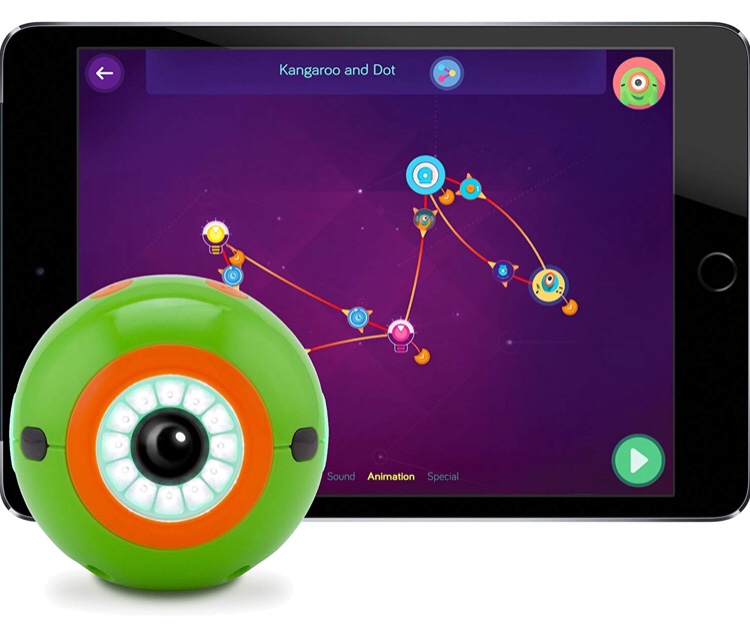Parents More Likely to Give Sons Tech for Christmas than Daughters

Parents More Likely to Give Sons Tech for Christmas than Daughters – Wonder Workshop Reports.
Only 8% of parents would consider giving daughters software, electronic accessories or videogames for Christmas
Dolls still the number one gift for girls*
12-year-olds typically receive £290 of gifts from parents at Christmas
Despite the high-profile academic drive to better engage girls with technology and other STEM (science, technology, engineering and maths) subjects, UK parents are still more likely to give tech gifts to their sons than their daughters this Christmas. While 18% of parents said that software, electronic accessories or videogames were the most likely choice of gift for their sons, just 8% said that they’d consider these things for their daughters. While in Scotland, more than a quarter (25.58%) of parents said that tech was the primary gift choice for their sons. For girls, the doll was still the most popular gift, being chosen by 18% of parents.
The new research by educational robotics specialist, Wonder Workshop, was conducted to gain a snapshot of contemporary parent shopping habits in the run up to Christmas 2018. As well as looking at the difference in gift-giving trends for boys and girls, the brand wanted to know about spending value, and whether letters to Santa were still part of the Christmas tradition.
When it comes to spending, it seems that 12-year-olds are currently commanding the greatest Christmas haul, with parents typically planning to spend as much as £290.50 per child this year. Across the board, the average is £243. Interestingly, if perhaps not surprisingly, parents in London also have the highest budgets, averaging a spend of £268 on gifts per child. In East Anglia, this figure drops to £197. Dads are also more likely to spend more than Mums on their kids, with a total spend of an additional £17.60.
As for where the gift-buying inspiration comes from, the vast majority (63%) of children are still using the traditional pen and paper letter to Santa method, while a further 19% create electronic wish lists, either by email or using list creation services, such as Amazon. And it’s the internet which more than half (57%) of children have identified as inspiring the choice of products that they add to their lists. Retail and marketing have lesser but equal influence, with 31% and 30%, respectively, of children citing them as driving their Christmas gift list choices.




